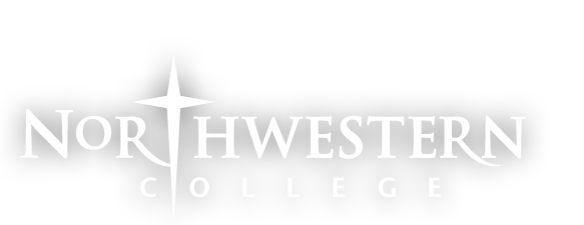Abstract
Optical tweezers are a Nobel Prize-winning technology capable of trapping microscopic and sub-microscopic particles using a laser beam. They can be used heavily in many different capacities within our organization and the research collaboration of ISLAND CURE. Some possible uses would be making measurements on DNA that we have synthesized. While that one of goals, another main reason for completing this would be to make this technology available at other smaller research institutions that cannot afford prebought systems. This would allow for more undergraduate research and opportunities all around the states. While executing our plan for developing our system while handling the natural complications that come with doing research, we have developed progress in our beam setup, temperature control system, and the current driver. The construction of the laser diode module and current driver been the focus of this year. We continue to develop closer to our end goals by combining our homebuilt inverted microscope with our beam setup. This will allow us to begin collecting data and optimizing our system from what it is now into a system that would be widely applicable for many other research purposes.
Included in
Progress in Developing Laser Tweezers and Control Systems
Optical tweezers are a Nobel Prize-winning technology capable of trapping microscopic and sub-microscopic particles using a laser beam. They can be used heavily in many different capacities within our organization and the research collaboration of ISLAND CURE. Some possible uses would be making measurements on DNA that we have synthesized. While that one of goals, another main reason for completing this would be to make this technology available at other smaller research institutions that cannot afford prebought systems. This would allow for more undergraduate research and opportunities all around the states. While executing our plan for developing our system while handling the natural complications that come with doing research, we have developed progress in our beam setup, temperature control system, and the current driver. The construction of the laser diode module and current driver been the focus of this year. We continue to develop closer to our end goals by combining our homebuilt inverted microscope with our beam setup. This will allow us to begin collecting data and optimizing our system from what it is now into a system that would be widely applicable for many other research purposes.

